Corn Snakes For Sale / 100% affordable Corn snakes for sale online
Corn snakes are mild-tempered, non-venomous snakes. Large spots run along dorsal side of the body, while the flat underside commonly has a black and white. Corn Snakes For Sale Adult corn snakes have a body length of 61–182 cm (2.00–5.97 ft). In the wild, they usually live around six to eight years, but in captivity can live to an age of 23 years or more
Buy Corn Snakes Online
We have a gorgeous variety of corn snakes for sale at great prices. All of ours feed on live a minimum of 5 times before shipping.
We offer free shipping and 30 days health guarantee. Corn Snakes For Sale
Corn Snake Behavior and Temperament
These low-key snakes allow people to handle them and are generally docile. But when they feel threatened, especially in the wild, they may vibrate their tails as a defense mechanism, similar to rattlesnakes. Corn Snakes For Sale
Like most snakes, corn and rat snakes are unrivaled escape artists. They will push at the lid with their noses looking for weaknesses and tiny openings, so the fit of the lid is very important. If a snake gets out of its cage it can get lost or hurt. An escaped snake is also likely to give your household visitors a good scare.
Housing the Corn Snake
A 20-gallon long glass tank (a longer and shallower version of the standard 20-gallon tank) makes a good-sized enclosure for a corn snake. It is important to use a secure-fitting lid that can be clamped down from the top. Corn Snakes For Sale
To feel safe, corn snakes need places to hide. Provide a hide box (any closed-in container like an upside-down cardboard box) that is just large enough for the snake to curl up in; if it is too large the snake will not feel as secure. Pieces of bark can also provide hiding spots for your snake if they are atop a substrate that allows burrowing under the bark. Ideally, there should be an available hiding place in both the cooler and warmer ends of the enclosure. Also, provide a forked branch for climbing. Corn Snakes For Sale
Heat
Maintaining your corn snake’s home at the correct temperature is vital. An overhead incandescent heat lamp is the preferred method of heating, but corn snakes are from temperate climates, so they do not need tropical temperatures. Keep an ambient temperature of 80 to 85 degrees Fahrenheit. A basking site should be 85 to 88 degrees. At night, the temperature should drop only as low as 75 degrees. Under-tank heating pads or heat tape can be used, but they can make it difficult to monitor how hot the enclosure is, so use thermometers inside. Corn Snakes For Sale
Humidity
Luckily, corn snakes prefer the humidity found in a typical household. Between 35% and 60% is a good range for the ambient air in the enclosure: the higher end of this range will promote healthy shedding. Monitor your corn snake enclosure with a hygrometer, especially in the dryer winter months; you may need to mist the tank or refill an evaporating water bowl more frequently. Corn Snakes For Sale
Substrate
These snakes like to burrow and hide, so using a layer of loose substrate (floor lining) on the bottom of the enclosure is key. A variety of materials can be used as a bottom layer for the enclosure. Inkless newspaper is the utilitarian choice since it is very easy to clean up, but its appearance in the cage leaves a little to be desired. Indoor/outdoor carpeting (such as Astroturf) can be used, and if you cut two pieces, you can rotate them by swapping the clean one out for the dirty one at cleaning time; wash and thoroughly dry the soiled piece before using it. Corn Snakes For Sale
For the top layer, aspen shavings can be used. The chips that are soiled with feces can simply be scooped out; clean and refresh shavings as needed. Move the snake to a separate container for feeding so that the shavings are not inadvertently ingested. Do not use pine or cedar shavings because the aromatic oils can cause irritation and respiratory issues in your reptile pet. Sand, soil, and corncob are also not good choices as substrates for corn snakes. Corn Snakes For Sale
Food and Water
Corn snakes are carnivores. In the wild, they stalk their prey primarily via smell rather than sight. Captive corn snakes should be fed pre-killed frozen mice that are properly thawed. Hatchlings should start on pinkie mice for feedings, and the size of the prey should be increased as the snake grows. The prey item can be as wide or a little wider than the snake’s head. Corn Snakes For Sale
You should feed growing snakes twice per week; adults need only be fed one appropriately sized prey item every week or two. Your snake’s appetite might decline around the time of a shed, so reduce feeding frequency if your snake is about to start shedding, evidenced by cloudy eyes and dulling of the skin color.
As corn snakes drink water by absorbing it through their mouths, a water dish is also necessary; it’s important to keep the water meticulously clean. Snakes often use their water to aid them in defecation; when this happens, dump the dish, and clean and refill immediately. A heavy shallow dish several inches in diameter makes a good water source. You may even find your snake soaking in the dish, particularly before a shed. Use non-chlorinated water whenever possible.
Common Health and Behavior Problems
Mouth rot, or infectious stomatitis, is a bacterial infection of the mouth that often causes saliva bubbles as well as inflammation in and around the mouth. If left untreated, this ailment can cause infection in the bone, and the snake’s teeth may be lost. A toothless snake will not be able to eat correctly. Corn Snakes For Sale
As with most snake breeds, corn snakes are susceptible to fungal disease and respiratory infections. Fungal infection is marked by discoloration of the skin. A sign of respiratory infection is open-mouth breathing or wheezing. All of these health issues require treatment by an exotic animal veterinarian who has expertise in reptiles.

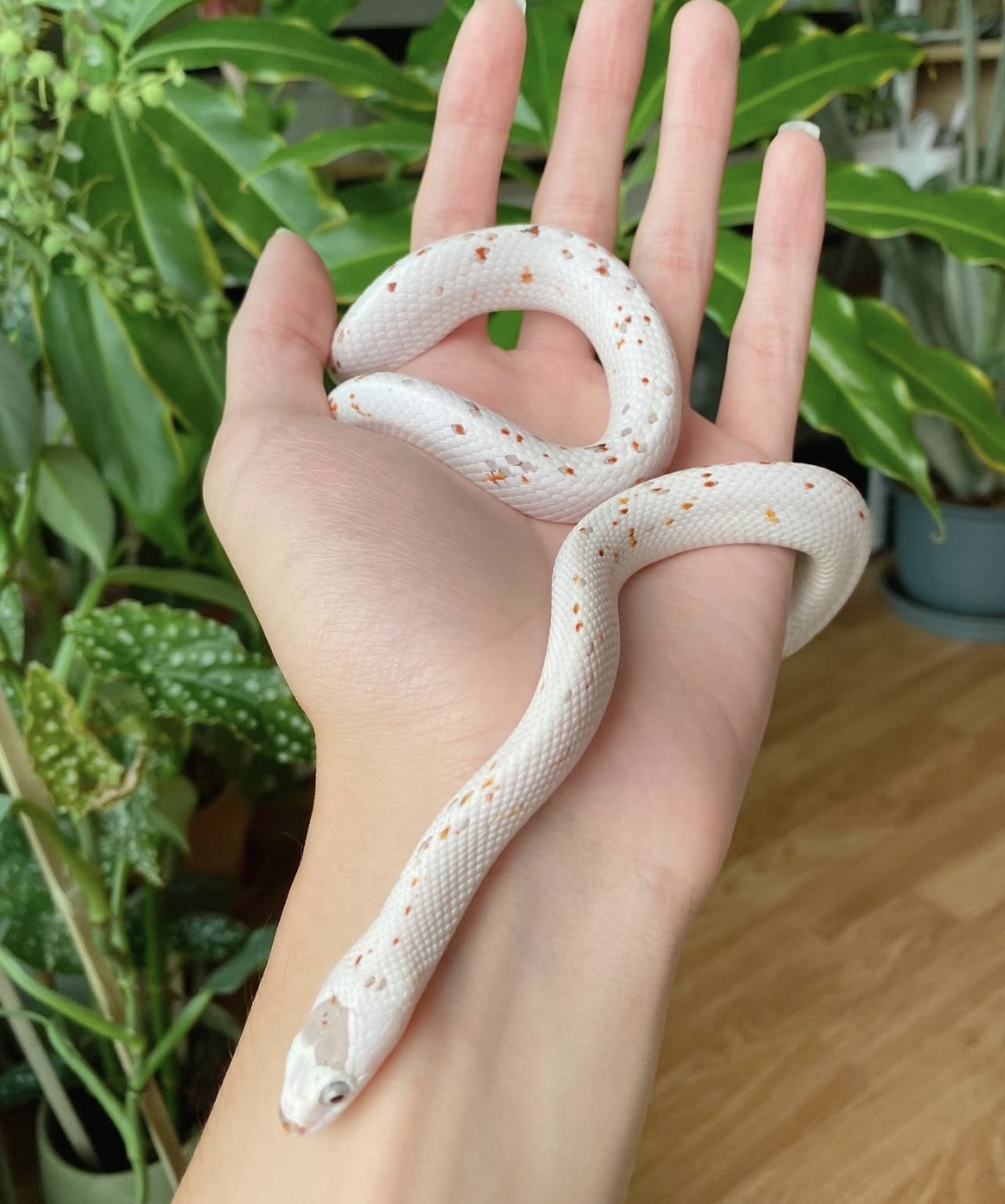
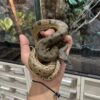

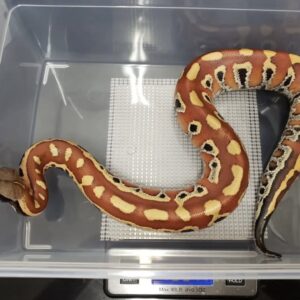
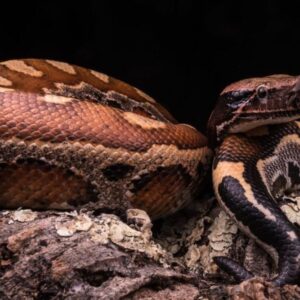
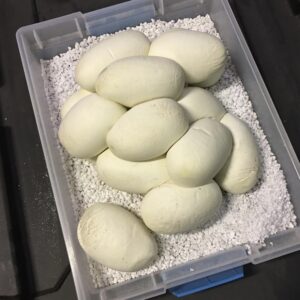
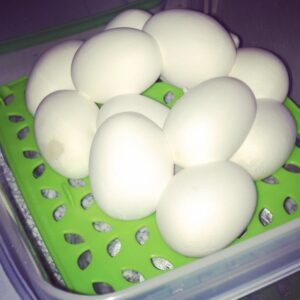
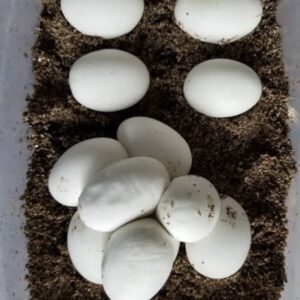
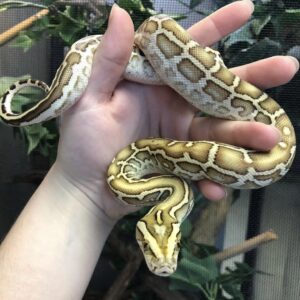
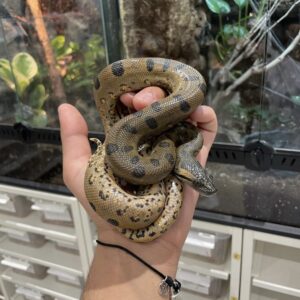
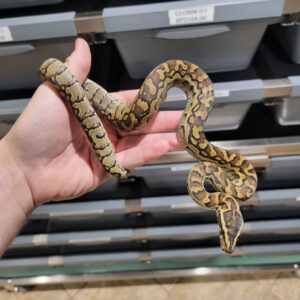
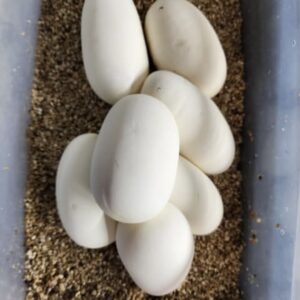
Reviews
There are no reviews yet.